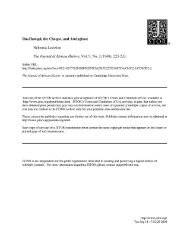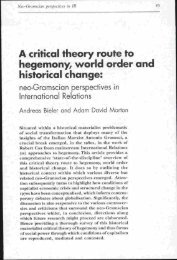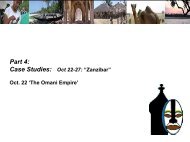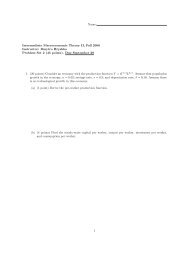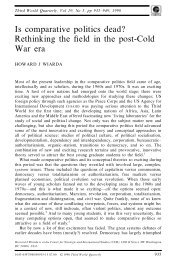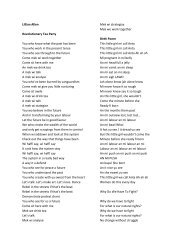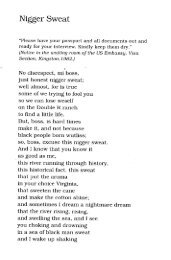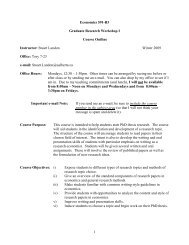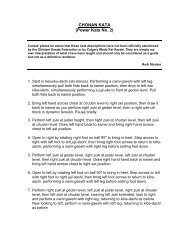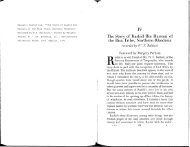personal memories revolutionary states and indian ocean migrations
personal memories revolutionary states and indian ocean migrations
personal memories revolutionary states and indian ocean migrations
Create successful ePaper yourself
Turn your PDF publications into a flip-book with our unique Google optimized e-Paper software.
family business in trouble,” discusses<br />
the challenges to the unwritten contract<br />
between the al-Saud ruling family <strong>and</strong><br />
the country’s growing population.<br />
Again, this section, apparently written in<br />
1997, is not directly connected to the<br />
events of 11 September 2001. Two<br />
other terrorist attacks against US<br />
interests—the bombing of the Office of<br />
Personnel Management/Saudi Arabian<br />
National Guard in November 1995 <strong>and</strong><br />
of the US military housing complex<br />
Khobar Towers in June 1996—are<br />
mentioned only in passing. More is<br />
known about these attacks than Halliday<br />
reveals <strong>and</strong>, despite the fact that Two<br />
Hours ostensibly deals with the 11<br />
September 2001 attacks, he resists the<br />
temptation to use the earlier attacks in<br />
Saudi Arabia to discuss terrorism.<br />
Other contributions of Two<br />
Hours are a “Lexicon of Crisis”—<br />
interestingly placed at the beginning of<br />
the book—that defines relevant<br />
historical, Islamic, <strong>and</strong> ideological terms<br />
along with group <strong>and</strong> location names of<br />
value to the reader. Halliday also chose<br />
to add six documentary appendices of<br />
particular use to students of the 11<br />
September attacks: the Founding<br />
Statement of al-Qa`ida (23 February<br />
1998); the Tashkent Declaration on<br />
Fundamental Principles for a Peaceful<br />
Settlement of the Conflict in<br />
Afghanistan (19 July 1999); UN Security<br />
Council Resolution 1328 (12 September<br />
2001) condemning the attacks; UN<br />
Security Council Resolution 1373 (28<br />
September 2001) dealing largely with the<br />
issue of terrorist financing; Osama bin<br />
Laden’s 7 October 2001 statement<br />
(broadcast on Al-Jazira Television <strong>and</strong><br />
published the following day in the<br />
International Herald Tribune); <strong>and</strong> the 9<br />
October 2001 statement published by<br />
bin Laden spokesman Suleiman Abu<br />
Gaith (published in the Financial Times).<br />
Despite its disjunction, Two<br />
Hours is a rich volume, its valuable<br />
contents impossible to outline<br />
thoroughly in any review. It would have<br />
been much more gratifying if its two<br />
102<br />
parts were better linked. The sections in<br />
Two Hours dealing with specific countries<br />
would have better served Halliday’s<br />
articulation of the West Asian crisis that<br />
was the setting for the 11 September<br />
attacks, if they were explicitly linked to<br />
the attacks. Nonetheless, Two Hours will<br />
be of particular interest to the student of<br />
the Middle East <strong>and</strong>/or the Muslim<br />
World. It will not be as informative to—<br />
<strong>and</strong> was likely not intended for—the<br />
generalist or the casual reader. Still, it is<br />
a rare reader who will not be intrigued<br />
by Halliday’s ideas here, challenging as<br />
they do much of the accepted<br />
mythology about Islam <strong>and</strong> the West.<br />
______________________________<br />
Vol. 5, Fall 2005, © 2005 The MIT Electronic Journal of Middle East Studies



